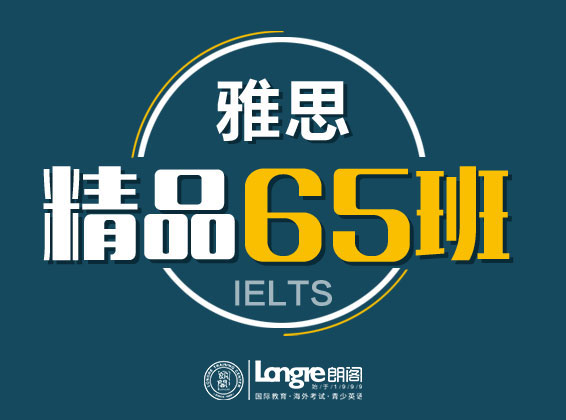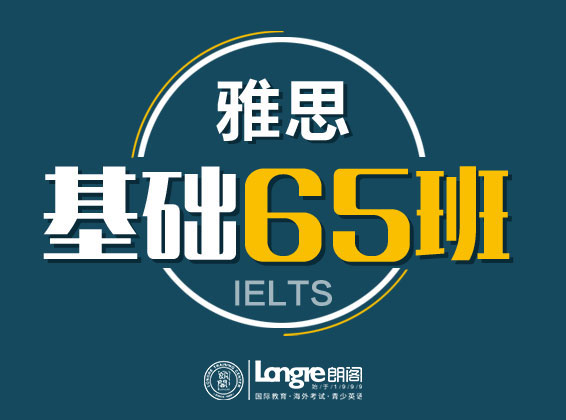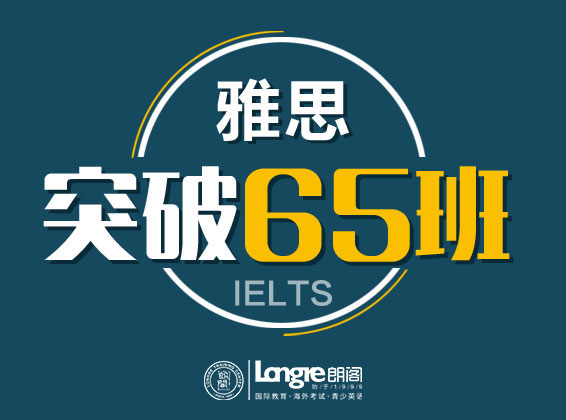|
P1 有机农业与化肥 P2 航海发展史 P3 小组作业研究 朗阁名师刘艳艳点评 1. 本场考试的难度中等,题型分布比较均匀 2. 整体分析:涉及农业类(P1)、历史类(p2)和社科类(P3)。 本次考试第一篇为旧题,也是雅思阅读相对高频的一个话题类型,题型以判断+填空为主,同时还出现了人名和观点的匹配,判断题的定位有些难度,P2和P3在理解上没有太大难度。 3. 部分答案及参考文章: Organic Farming and Chemical Fertilizers 题型组合:Matching(人名&理论);True/False/Not Given;Summary; 2010年8月14日旧题。全文围绕有机农业和传统农业展开话题,有人支持技术(即化肥)提高产量,有人支持有机农业(生态肥)。作者认为除了这两个,还有第三条路,就是智能农业。分别讲了chemical fertilizer和organic farming各自的优缺点,然后提出未来的intelligent farming。 Organic farming methods combine scientific knowledge of ecology and modern technology with traditional farming practices based on naturally occurring biological processes. Organic farming methods are studied in the field of agroecology. While conventional agriculture uses synthetic pesticides and water-soluble synthetically purified fertilizers, organic farmers are restricted by regulations to using natural pesticides and fertilizers. The principal methods of organic farming include crop rotation, green manures and compost, biological pest control, and mechanical cultivation. These measures use the natural environment to enhance agricultural productivity: legumes are planted to fix nitrogen into the soil, natural insect predators are encouraged, crops are rotated to confuse pests and renew soil, and natural materials such as potassium bicarbonate and mulches are used to control disease and weeds. Hardier plants are generated through plant breeding rather than genetic engineering. While organic is fundamentally different from conventional because of the use of carbon based fertilizers compared with highly soluble synthetic based fertilizers and biological pest control instead of synthetic pesticides, organic farming and large-scale conventional farming are not entirely mutually exclusive. Many of the methods developed for organic agriculture have been borrowed by more conventional agriculture. For example, Integrated Pest Management is a multifaceted strategy that uses various organic methods of pest control whenever possible, but in conventional farming could include synthetic pesticides only as a last resort. Crop diversity Crop diversity is a distinctive characteristic of organic farming. Conventional farming focuses on mass production of one crop in one location, a practice called monoculture. The science of agroecology has revealed the benefits of polyculture (multiple crops in the same space), which is often employed in organic farming. Planting a variety of vegetable crops supports a wider range of beneficial insects, soil microorganisms, and other factors that add up to overall farm health. Crop diversity helps environments thrive and protect species from going extinct. Soil management Organic farming relies heavily on the natural breakdown of organic matter, using techniques like green manure and composting, to replace nutrients taken from the soil by previous crops. This biological process, driven by microorganisms such as mycorrhiza, allows the natural production of nutrients in the soil throughout the growing season, and has been referred to as feeding the soil to feed the plant. Organic farming uses a variety of methods to improve soil fertility, including crop rotation, cover cropping, reduced tillage, and application of compost. By reducing tillage, soil is not inverted and exposed to air; less carbon is lost to the atmosphere resulting in more soil organic carbon. This has an added benefit of carbon sequestration which can reduce green house gases and aid in reversing climate change. Plants need nitrogen, phosphorus, and potassium, as well as micronutrients and symbiotic relationships with fungi and other organisms to flourish, but getting enough nitrogen, and particularly synchronization so that plants get enough nitrogen at the right time (when plants need it most), is a challenge for organic farmers. Crop rotation and green manure ("cover crops") help to provide nitrogen through legumes (more precisely, the Fabaceae family) which fix nitrogen from the atmosphere through symbiosis with rhizobial bacteria. Intercropping, which is sometimes used for insect and disease control, can also increase soil nutrients, but the competition between the legume and the crop can be problematic and wider spacing between crop rows is required. Crop residues can be ploughed back into the soil, and different plants leave different amounts of nitrogen, potentially aiding synchronization. Organic farmers also use animal manure, certain processed fertilizers such as seed meal and various mineral powders such as rock phosphate and greensand, a naturally occurring form of potash which provides potassium. Together these methods help to control erosion. In some cases pH may need to be amended. Natural pH amendments include lime and sulfur, but in the U.S. some compounds such as iron sulfate, aluminum sulfate, magnesium sulfate, and soluble boron products are allowed in organic farming. Mixed farms with both livestock and crops can operate as ley farms, whereby the land gathers fertility through growing nitrogen-fixing forage grasses such as white clover or alfalfa and grows cash crops or cereals when fertility is established. Farms without livestock ("stockless") may find it more difficult to maintain soil fertility, and may rely more on external inputs such as imported manure as well as grain legumes and green manures, although grain legumes may fix limited nitrogen because they are harvested. Horticultural farms growing fruits and vegetables which operate in protected conditions are often even more reliant upon external inputs. Biological research on soil and soil organisms has proven beneficial to organic farming. Varieties of bacteria and fungi break down chemicals, plant matter and animal waste into productive soil nutrients. In turn, they produce benefits of healthier yields and more productive soil for future crops. Fields with less or no manure display significantly lower yields, due to decreased soil microbe community, providing a healthier, more arable soil system. Passage 2:航海发展史 参考文章与题目:待确认 Passage 3:小组作业研究 文章与题目待补充 考试预测 1. 本场考试涉及的均是常规话题及常规题型组合,第一篇中的判断题定位稍有难度。第二篇和第三篇的文章难度不大,题型组合也是比较常规的。在平时备考时重点训练高频题型:判断+填空;乱序细节配对题。希望拿高分的同学还需要重点训练单选和heading。每种题型都要重点分析题干中的考点,核对答案找同义转换,不要脑补。 2. 下场考试的话题可能有关教育类,社科类和自然科学类。 3. 重点浏览2014到2018年机经。 (责任编辑:jasmine) |
文中图片素材来源网络,如有侵权请联系删除







